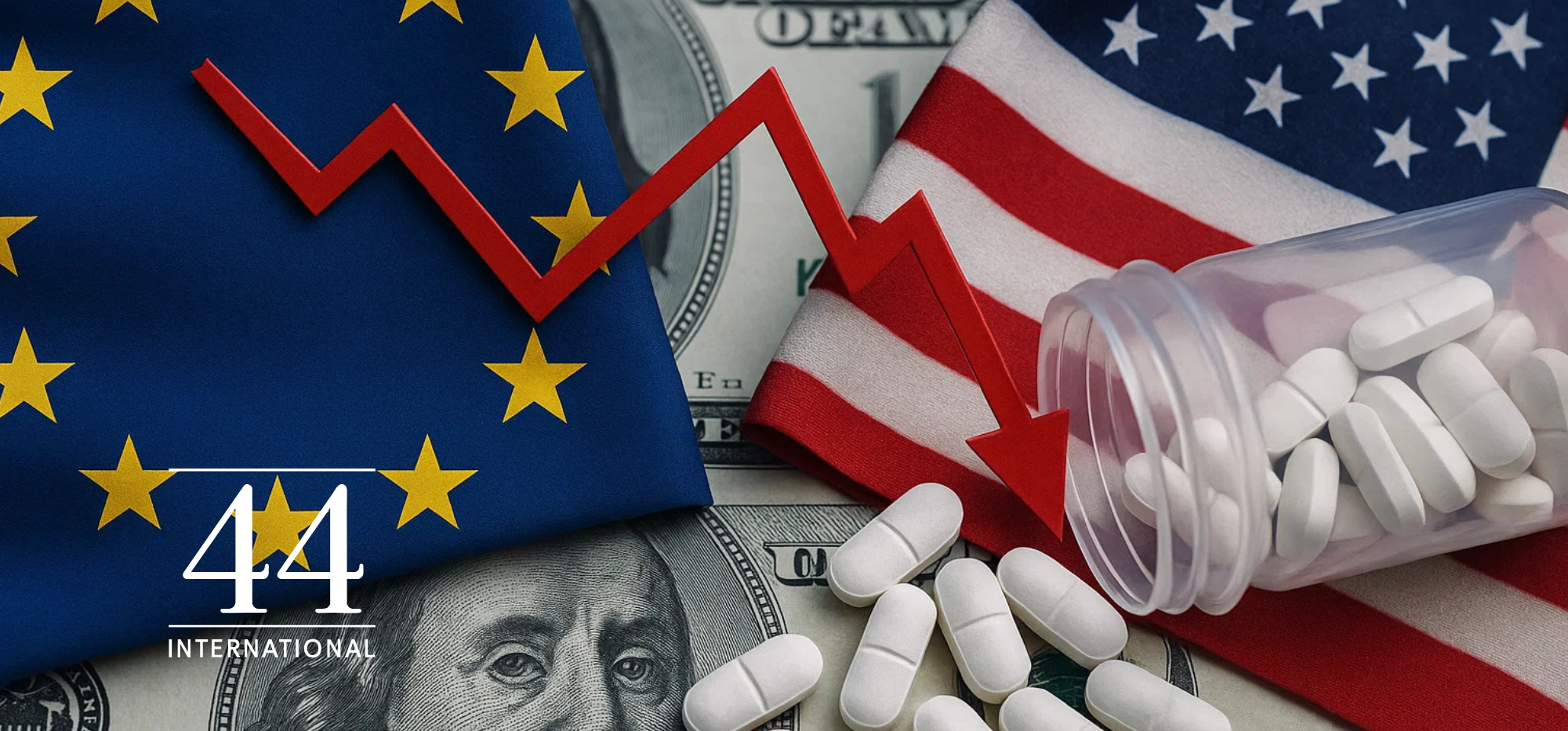August 5, 2025

July 29, 2025 – The new EU–US trade deal could add $13–$19 billion in costs to the pharmaceutical industry as branded European medicines face a 15% import tariff when sold in the United States.
Pharmaceuticals have historically been tariff‑free, but under the agreement, only certain generic drugs will remain exempt. The European Union supplies about 60% of all US pharmaceutical imports, making this a major policy shift with global implications.
Analysts warn that unless mitigated, the tariffs could raise consumer prices in the US. ING’s Diederik Stadig projects $13 billion in extra expenses, while Bernstein’s Courtney Breen estimates $19 billion — though some costs may be absorbed through strategies like:
Major European drugmakers are already adjusting:
The exact list of exempted generics remains unclear, adding uncertainty for manufacturers like Sandoz.
The US had been considering sector‑specific tariffs of up to 200% as part of a national security review. While most analysts believe the 15% duty will stand, UBS’s Matthew Weston says protective clauses for EU exports may be included in the final agreement — similar to talks with the UK and Switzerland.
Bottom line: The EU–US pharma tariff marks a major change in transatlantic trade. Whether costs are passed on to consumers or offset by strategic moves will shape the future of drug pricing and supply chains in both regions.